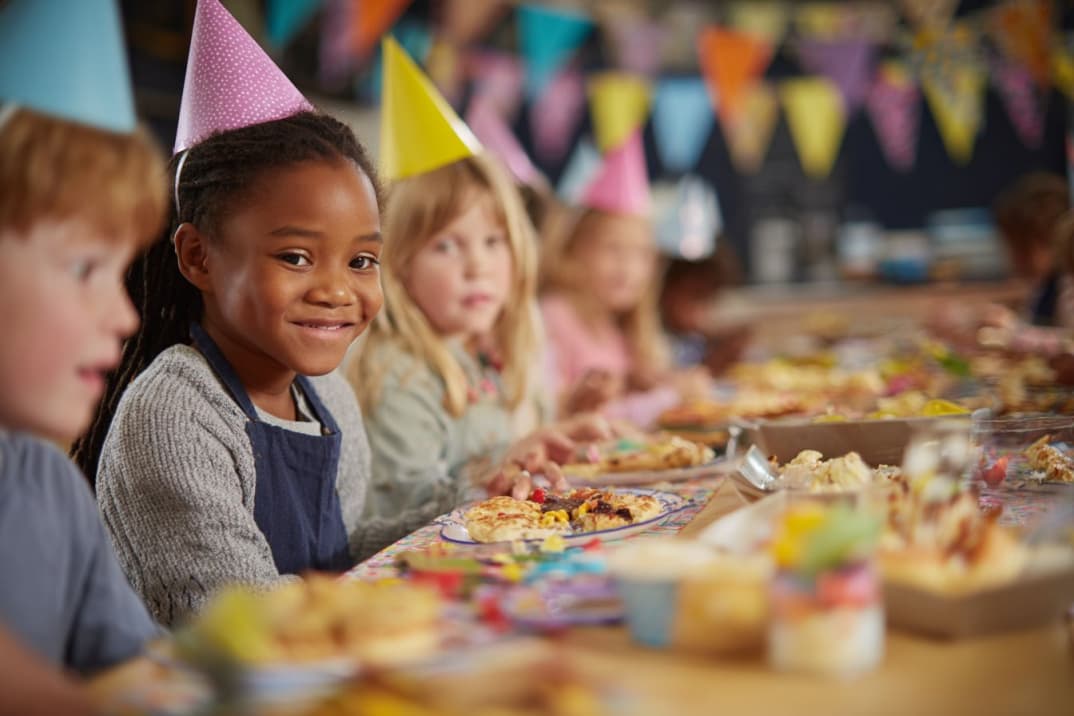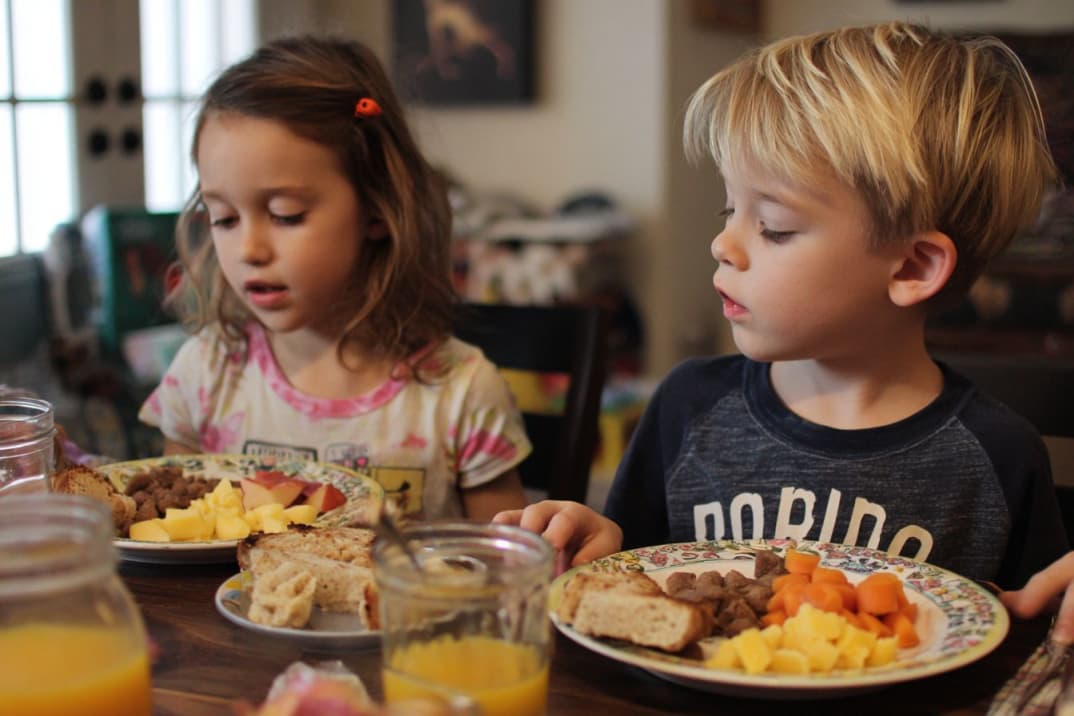Physical development Physical development has many things – height, weight, coordination, but most adults do not take into account the
Continue readingChild psychologist: “Five-year-olds have no place at the desk”
All the world is a laboratory to the inquiring mind.
6 to 12 months This period refers to a greater extent not to the plot and plot lines or stories,
Continue readingHow to teach your child to love books? (6-12 month old)
At this age, babies become more and more independent. Listen to your child and let him stop and interrupt you.
Continue readingHow to teach your child to love books? (12-18 month)
Age 3 to 5 years This is the period of active growing up of the baby. This age suggests that
Continue readingHow to teach your child to love books? (3-5 years old)
Physical development Physical development has many things – height, weight, coordination, but most adults do not take into account the
Continue readingChild psychologist: “Five-year-olds have no place at the desk”
6 to 12 months This period refers to a greater extent not to the plot and plot lines or stories,
Continue readingHow to teach your child to love books? (6-12 month old)
Bullying (from the English. To bull – to persecute) is the aggressive conscious behavior of one child (or group) towards
Is the full development of a child possible without additional education? Although the document “On Education” says that one of
Continue readingWhy do you need additional education for children
For most, the realities of life in Asian countries remain unknown. As a destination for tourism, this part of the
Continue readingFeatures of school education in the Far East
Perhaps the most pressing topic in the media world today is the issue of “fake news”. Even Elon Musk, the
Continue readingHow and why should children be able to distinguish between “fake news”?
All parents dream of a polite little child who says please and thank you. After all, your baby’s behavior reflects
Continue readingModeling behavior is the best way to teach your child good manners
Children don’t just love parties—they learn through them. When we invite young people to co-design a celebration, they practise planning, teamwork, creativity, and responsibility. This article shares a child-centred approach to party food that works at home, in schools, and in community settings. It blends nutrition, safety, and inclusion with real opportunities for leadership, so the party becomes a learning project—not only a treat table.
Before choosing recipes, gather a small “planning crew” of children from different ages and backgrounds. Ask them:
Co-creating the vision helps children anticipate needs beyond their own: allergies, religious or cultural dietary rules, sensory preferences, and accessibility. It also keeps the menu grounded in reality; children who help design and prepare the food are more likely to eat it—and to encourage hesitant peers.

Aim for variety across colour, texture, and nutrition. Use the simple “Half-Half-Little” guideline:
Invite the children’s planning crew to map each dish to roles:
If families want playful, themed ideas that are simple to make together, this practical guide to Harry Potter party snacks and treats shows how to turn everyday ingredients into magical-looking nibbles while keeping preparation child-friendly. Use it as inspiration, then adapt recipes to your local tastes and health guidelines.
A joyful table is also a safe one. Build these habits into the project so children experience safety as shared responsibility:
Not all children enjoy loud music or intense flavours. An inclusive party offers choice and control:
Child-to-Child practice is strongest when learning is visible. Add small learning goals to the plan and celebrate them:
A beautiful table doesn’t need expensive props. Encourage children to design with what you already have:
For families who enjoy themed play, adapt these basics with gentle “wizardly” touches—star-shaped cucumber, parchment-style labels, or colour-coded napkins—drawing child-safe inspiration from the Harry Potter party snacks and treats article linked above. The key is not the theme itself, but the way children collaborate to create it.

Food can be a source of anxiety for many children—because of scarcity at home, sensory sensitivities, or past experiences. Treat the table as a place of choice, care, and respect. Celebrate brave tasting, not “clean plates.” Invite children to decide where foods belong on the table and how to display them beautifully. When children feel safe, they eat better and enjoy each other more.
Ask the planning crew to help evaluate:
Record a few quotes from children about what they learned—budgeting, knife safety, kindness while serving—and share these with families and school staff. Evidence of children leading is just as important as the menu itself.
In short: A child-led party table is an exercise in health, empathy, and creativity. When children help plan, prepare, and present food, they nourish more than bodies—they strengthen voice, agency, and community. Keep the menu simple, the safety strong, and the roles shared. And if a little magic helps everyone join in, adapt playful ideas from resources like Harry Potter party snacks and treats in ways that fit your culture, budget, and health needs. The result is a celebration that tastes good—and does good.